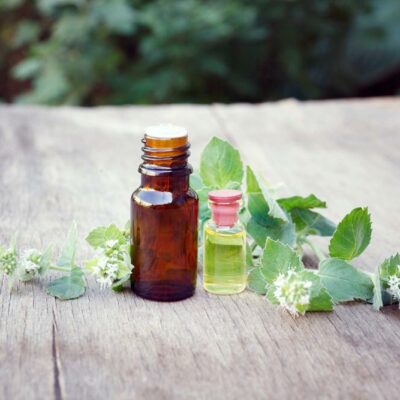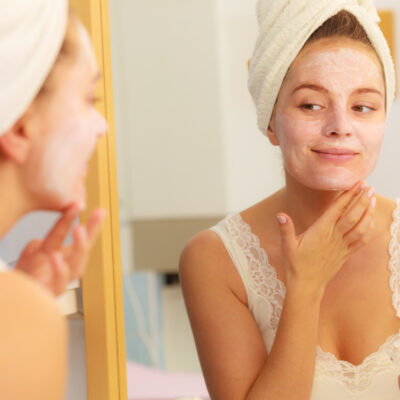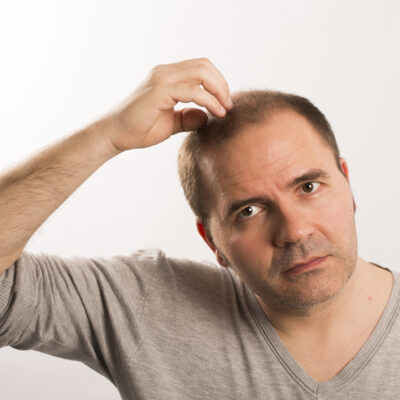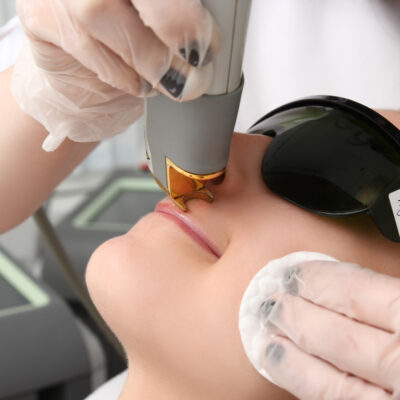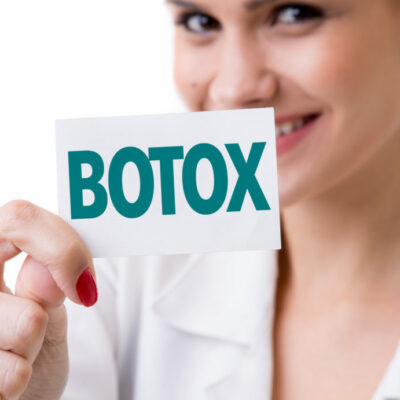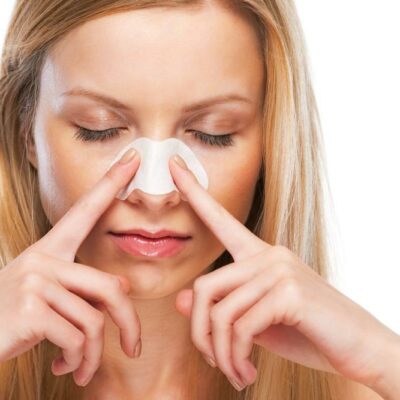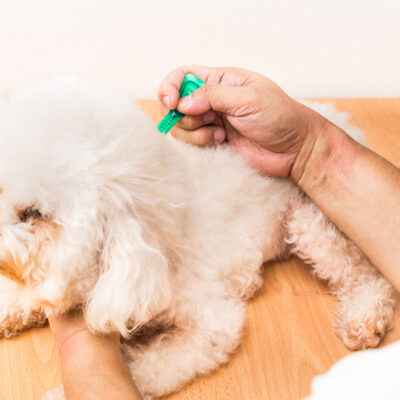
Beauty
Dry Eye Treatment Options
We realize eyes can fill with tears for many reasons—dust or other irritants in the eye or due to emotions (i.e., happiness, sadness). Tears are important because they provide the lubrication and moisture necessary to keep the eyes comfortable while flushing away dirt, germs, and bacteria. Special proteins and antibodies within our tears help eliminate eye infections. However, decreased tear production may be a natural side effect of aging, a deficiency in vitamin A, or be certain by several medical conditions, including diabetes, rheumatoid arthritis, lupus, thyroid disorders, scleroderma, and Sjogren’s syndrome. If eyes become void of moisture, side effects may occur, including: The feeling of grit or a foreign object in the eye Redness Itching Sensitivity to light Blurred vision Reflex tearing (a nervous system response that sends additional water-only lubrication) Here are the many treatments available for treating chronic dry eyes: 1. Eye drops The most common dry eye treatment is lubricating eye drops (i.e., artificial tears). However, eye gels may also help replace natural tears. Many of these products do not require a prescription. Numerous eye drop treatments may need to be tested prior to determining the right one. The drops for chronic dry eye must be used consistently, even when the eyes do not feel dry.
Read More 
